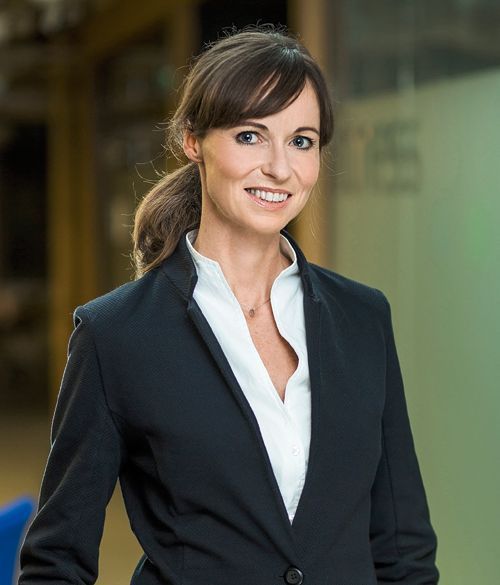The popularity of residential building certification, as was the case with commercial real estate, first took root on the Polish market when international developers arrived. Some transferred their environmental know-how from other countries and some brought it in from other sectors.
Difficult choices
One of these, Skanska, has been one of the pioneers in this field, as its Mickiewicza estate was the first residential project in Poland to be certified under the BREEAM system. “In 2015, when the estate was being constructed, few people were even aware of what BREEAM was,” says Aleksandra Goller, a project manager at Skanska Residential Development Poland. “We were faced with the challenge of introducing a new product, by which I mean the certificate, onto the market,” she adds. It was worth the risk – the majority of the apartments found buyers before the occupancy permit was granted and the final ‘green unit’ was sold two months after the per































































